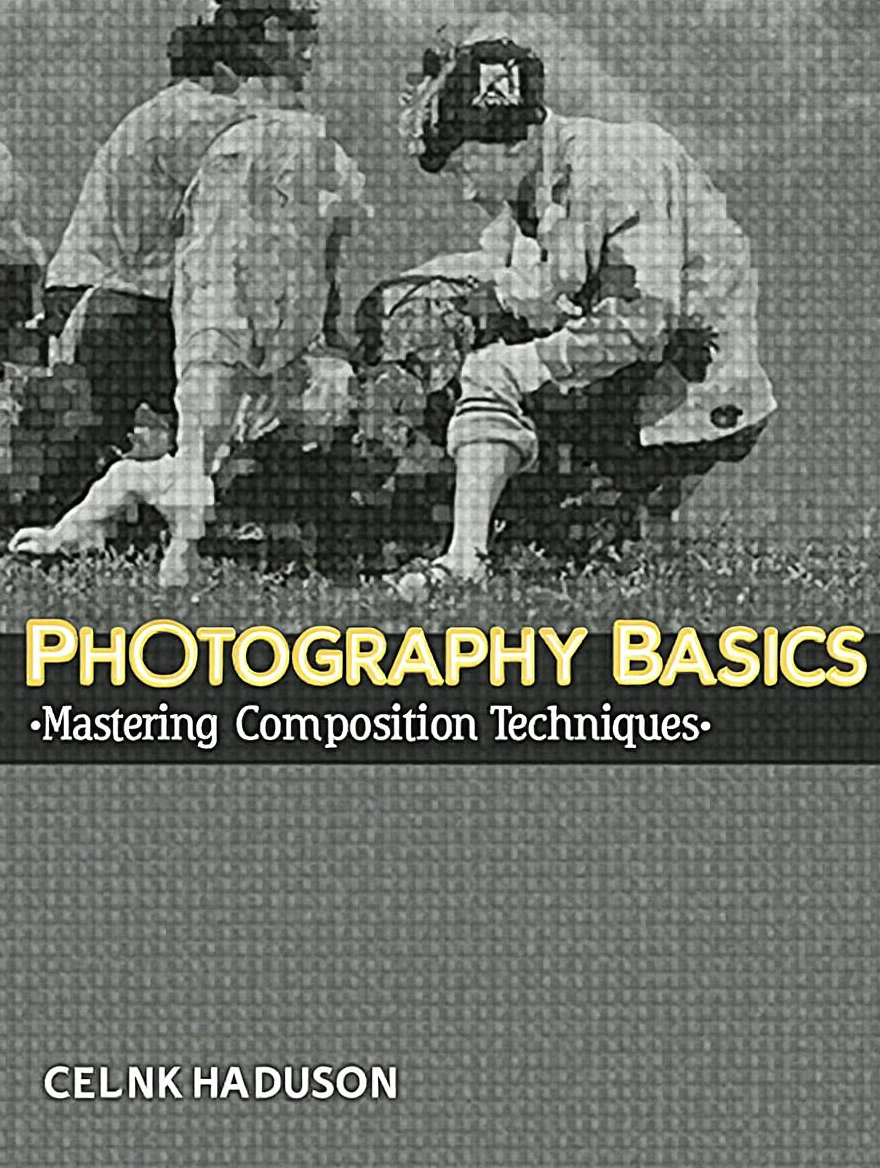Photography Basics
Photography is a fascinating art form that allows us to capture moments, express creativity, and preserve memories. Whether you are a beginner looking to understand the fundamentals or an experienced photographer wanting to brush up on the basics, mastering the foundational principles is essential to creating stunning images. In this article, we will delve into key concepts such as the Exposure Triangle and Composition Techniques, paving the way for you to elevate your photography skills to the next level.
Understanding Exposure Triangle in Photography Basics
When it comes to photography, understanding the exposure triangle is essential for capturing well-exposed images. The exposure triangle consists of three crucial elements: aperture, shutter speed, and ISO.
Aperture
The aperture refers to the size of the opening in the lens through which light passes. It is measured in f-stops, with smaller f-stop numbers indicating larger apertures and vice versa. A wider aperture (smaller f-stop number) lets in more light, resulting in a shallow depth of field, while a narrower aperture (larger f-stop number) allows less light and increases the depth of field.
Shutter Speed
Shutter speed determines the amount of time the camera’s shutter remains open to allow light to reach the sensor. A fast shutter speed freezes motion but lets in less light, while a slow shutter speed blurs motion but allows more light. It is measured in fractions of a second, such as 1/1000s or 1/30s.
ISO
ISO measures the sensitivity of the camera sensor to light. A lower ISO (e.g., 100) is less sensitive and produces cleaner images but requires more light. In contrast, a higher ISO (e.g., 1600) is more sensitive and suitable for low-light conditions but may introduce noise or grain in the image.
- Aperture, shutter speed, and ISO work together to achieve proper exposure in a photograph.
- Understanding how these elements interact allows photographers to control the brightness, sharpness, and noise levels in their images.
Mastering Composition Techniques in Photography Basics
Composition is a crucial aspect of photography that can make or break an image. By mastering composition techniques, photographers can create visually appealing and impactful photos.
Rule of Thirds
- Divide the frame into a 3×3 grid
- Place key elements along the gridlines or at the intersections
Leading Lines
- Use lines in the scene to lead the viewer’s eye towards the main subject
- Can be natural lines like roads or man-made lines like fences
Symmetry and Patterns
- Look for symmetrical elements or repetitive patterns in the scene
- Creates a sense of balance and visual interest
Depth and Layers
- Incorporate foreground, middle ground, and background elements to add depth to the image
- Creates a sense of dimension and immersion for the viewer
By understanding and applying these composition techniques, photographers can elevate their images and create visually compelling photographs.








